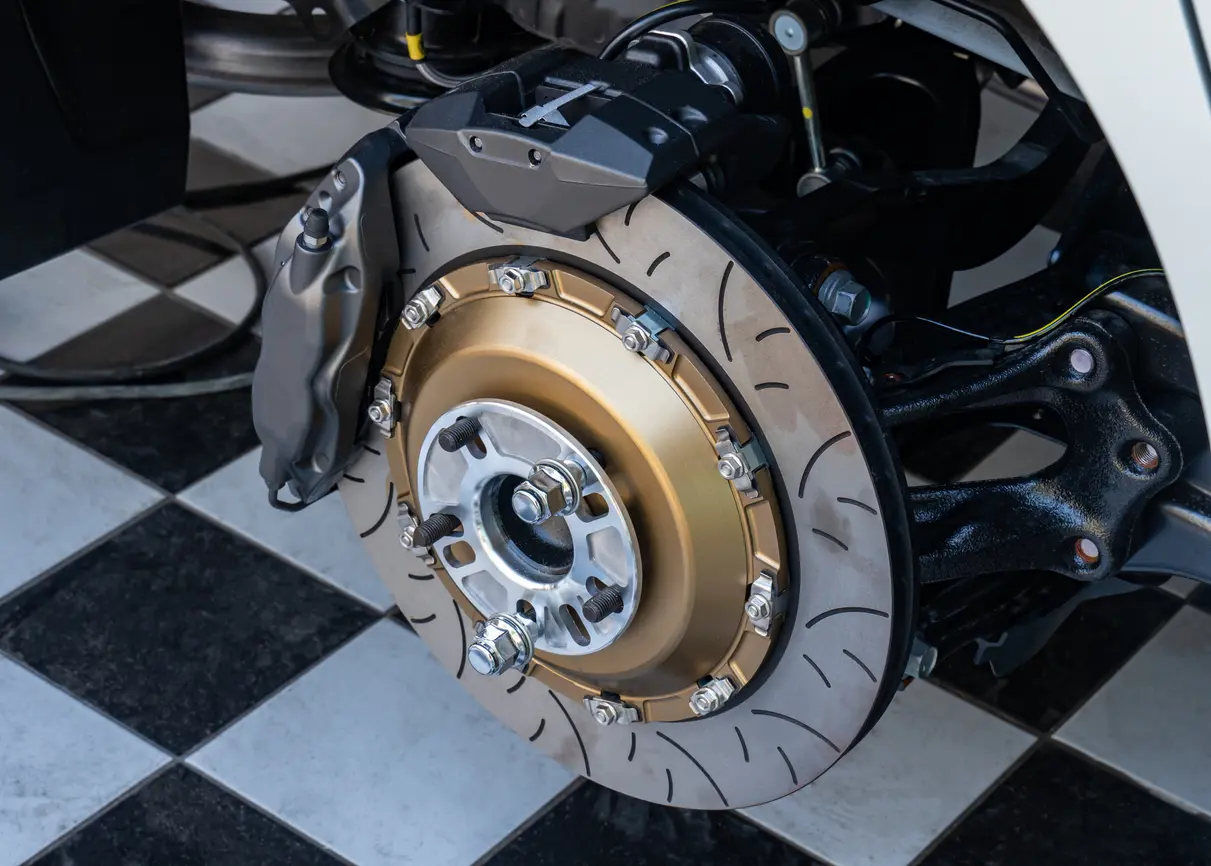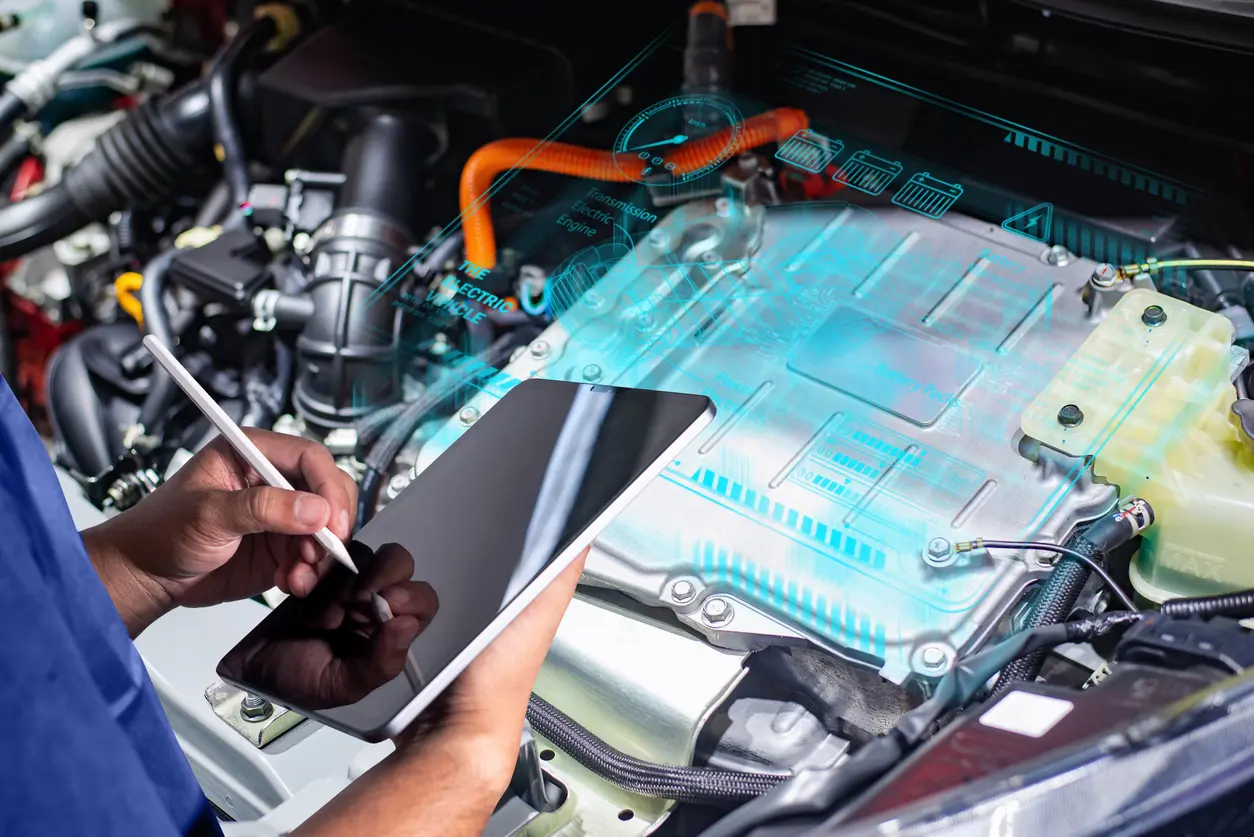Monitor Tire Wear
Tires are essential for any vehicle, but EV tires are put under even greater strain because the vehicles they support are heavier and the electric motors deliver immediate high torque, enabling them to reach high speeds quickly.
This is why, in general, tires on electric vehicles wear faster than those of internal combustion engine vehicles. Some studies even show a difference in wear of over 20%!
Why Are Electric Vehicle Tires Different?
As mentioned earlier, the major difference is that electric vehicles are heavy and have high-torque motors, which increase tire load.
Also, electric vehicle tires are often low-resistance to optimize battery mileage.
Manufacturers have developed specific tires for electric vehicles to help alleviate these problems. As a result, the gap with conventional vehicles should eventually narrow.
Choosing the Right Tires
The right tires for your car, together with perfect wheel alignment, can help reduce the maintenance costs of your electric vehicle.
Choosing your tires wisely and favouring models designed for electric vehicles as well as for the make and model of your vehicle is also a good practice. Your NexDrive expert can advise you on the right set of tires for your vehicle, powertrain and style.
Here are a few things to consider when choosing your tires:
- Low resistance for high mileage
- Low noise
- Durability to take into account the extra weight of your electric vehicle
Tire Maintenance is Essential
Tire rotation pays off: have your tires rotated, especially if your electric vehicle is only front or rear-wheel drive. Rotating tires limits wear on only one set of tires, where traction occurs.
In addition, precise balancing and wheel alignment are essential to keep your tires in good condition, avoid premature wear and reduce stress on steering and suspension components.
Tips and Tricks

Why do electric car tires wear out so fast?
EV tires experience increased tread wear because of instant torque and unsprung weight. Learn why electric vehicles lead to worn-out tires and how to extend the lifespan of EV tires with proper maintenance.

Why regenerative braking is bad for your brake pads
Regenerative braking improves energy efficiency, but can cause brake pad issues because of reduced mechanical brake use. Learn how to maintain your brake system and prevent costly repairs in this article.

Does an EV need regular general maintenance?
Although EVs require less maintenance than gas-powered vehicles, they still need regular care. Learn about battery health, brake maintenance, and more here.

